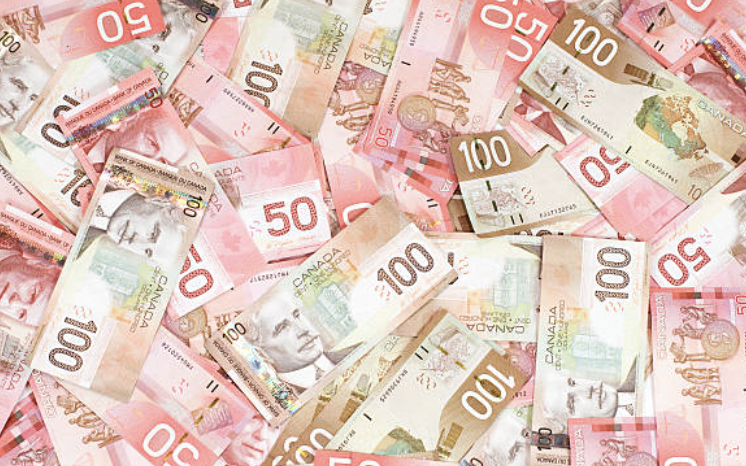
Daniel Rogers
May 09, 2022 10:16
On Monday, the NZD/USD pair is under pressure as risk-averse sentiment drags on the high beta currency complex. At 0.6380, the bird is 0.38 percent lower than its previous high of 0.6412 and its previous low of 0.6377.
At the start of the week, Asian markets are a sea of red and the US dollar is higher. The dollar continues to be supported by significantly rising US yields as lockdowns in China, the Ukraine crisis, and rising interest rates continue to weigh on the currency. The ASX 200 is down 0.8%, the Nikkei 225 is down 1.1%, and the KOSPI is down 0.2%.
China's COVID-19 outbreaks have dimmed the risk sentiment forecast on Monday. According to Reuters, Shanghai is increasing its already stringent COVID-19 quarantine in an effort to eradicate illnesses outside of quarantined sections of China's largest city by the end of this month.
"While NZD volatility has decreased compared to the 24 hours following the Fed meeting, bond (and stock) markets continue to exhibit significant volatility, with US bond rates rising another notch in response to improved employment statistics," ANZ Bank analysts said.
Given this week's data calendar, it is difficult to predict a reduction in market volatility, with the US Consumer Price Index topping the list and NZ inflation expectations data also expected.
"Risks surrounding the US CPI appear binary," stated analysts at ANZ Bank. "A decrease from 8.5 percent (to 8.1 percent, as the markets anticipate) would be modestly reassuring, but an increase would unquestionably rekindle expectations for 75bp Fed rises and likely support the USD. The notion that synchronized global tightening might go softly feels like a distant memory in light of the reality of volatility.
According to analysts at TD Securities, "core prices likely remained high in April, regaining pace to 0.5% m/m after registering 0.3% m/m in March. Although the prices of pre-owned automobiles certainly decreased once more, it is likely that the reduction was less pronounced than in the past report. We also anticipate renewed housing inflation vigor. "Our MoM projections indicate 8.1 percent / 6.1 percent YoY for total / core prices, presumably confirming that March was the cycle's.
In addition, Fed speakers will also be present this week. Governor Christopher Waller and New York Fed's John Williams may have a significant role. Traders will be expecting for clarification after Fed Chairman Jerome Powell's press conference last week failed to provide much insight into what the Fed would do following the front-loading of rate hikes until neutral.
Traders anticipate Chinese trade data to reveal a significant deceleration in export growth and a deterioration in imports, with most provinces under restrictions and Shanghai in lockdown for a full month.



May 09, 2022 10:23